Enzo Cucchi would say that we have plunged into the age of window dressing. A noun that, it seems, seems to be particularly welcome to those who ply the trade of painter: Italo Cremona used it more than sixty years ago. It was 1958, Cremona was writing in the Caffè (Arbasino had called it a “magazine of derision and derision”: he was also writing in it) and polemicizing with a Lionello Venturi, guilty in his opinion of having intoned the funeral psalm of the “colloquy with nature of the classical and humanistic age,” good at most for the Easter Monday outing. Today’s man, Venturi said, “talks to himself, and in so doing creates that world of his that is sufficient for him to live, to think, to fly. Is it not natural that in this condition even the imagination prefers soliloquy, that is, that it does not need the things of nature, in which no one believes, to express itself?” This was, for Venturi, the reason for abstract art, for art adapted to meet the needs of modern civilization. It is implicit to recall that Cremona was of the totally opposite opinion, and even contested Venturi’s vagueness in saying what should be meant by “nature.” Cremona considered the idea that abstract is that painting which prescinds from what is seen and what is touched, since works in two dimensions that incorporate the same objects are also known: it was this idea of abstract art that Cremona accused of “window dressing,” since he considered in his view the means of the work to be the elements of a showcase, of a decoration. And if we talk about decoration, there would be nothing wrong with it either. Decoration would also have its own dignity, Cucchi tells me as I ask him something about his new exhibition, at Vito Schnabel’s, in New York. I meet him at his home, in Rome, who has just returned from America. With the intention, also quite explicit, of interviewing him.
About shop windows and window dressers he starts talking to me even before I start asking him any questions. It was enough to tell him that I had read the presentation of his exhibition, or something like that. It would be interesting to talk even just about decoration. The problem is that in his opinion there is a lack of thinking today. “Today there is a so-called contemporary that is gigantic, competing with each other in the sense that it is not important what is behind it. Even the subject, nobody cares. It is important that it has some quality. Is it decoration? Not even: maybe there was a great reflection on decoration, that would be very interesting. It’s all the same: a folly.” "Window dressing, for Cucchi, is homologation, it is lack of awareness. It is art that becomes an object of consumption, it is art that serves to be exhibited rather than to be understood, it is the fate of the artist who is almost no longer even the center of the creative process, often delegated to others. It is art that is not sustained by thought, it is art that is not sustained by wonder, it is inert art that is unable to make anyone speak, neither the public nor, much less, the critics, who have stoppedexercising its functions, has given up its prerogatives, and probably does not even care anymore, because it has transformed, has gone to take refuge on the more comfortable shores of so-called curatorship.
“Window dressing” is, according to Cucchi, a symptom of inconsistency, of superficiality. He would say “carelessness,” and he is keen to tell me that carelessness is an occurrence he comes across in his daily life, even when he goes to buy the newspaper (with brief aside: “The newsagent tells me that two of us buy the newspaper: me and the girl begging on the street corner, who every morning uses what little money she puts aside to go and buy the Courier, and I wonder how that’s possible.”) Now, those who have never had the good fortune to visit Enzo Cucchi should know that to get to him it is obligatory to pass in front of some monument where one necessarily ends up stumbling when looking for the fastest way to get to the street of his house. The Pantheon, Piazza Navona, Castel Sant’Angelo, the Ara Pacis, San Luigi dei Francesi, Sant’Agostino, San Salvatore in Lauro: there is no way to reach Enzo Cucchi’s home without running into some of these presences. “This city,” he presses, “swallows anything. It swallows all the shit it can. It is a great whore, no other city in the world is able to swallow as much as Rome, it is a city where anything can happen. Nothing ever happens in Rome, but everything happens. It is a great dustbin. But it is also a wonderful dustbin.” It is then in the midst of the filthy that the extraordinary lurks. Guido Piovene used to say that Rome is the city of antitheses, it is a city that has grown like “a forest in which human appetites wander and fight,” and it is natural that in the forest one expects to find everything, including the marvelous. The problem, for Cucchi, is that the marvelous no longer makes one wonder. “I walk every day in my neighborhood and go through Piazza Navona. You have no idea how many people I see. Rome is a big province, because everyone comes here, from all over Italy and the world, to do nobody knows what. However, no one seems to pay attention to what’s around them. In fact: they don’t give a shit. I would rather pay attention to that.” The implication is: better that whoever writes anything should be concerned with the desuetude from wonder, than with the ambasms of our tiny, obtuse, timid art world.
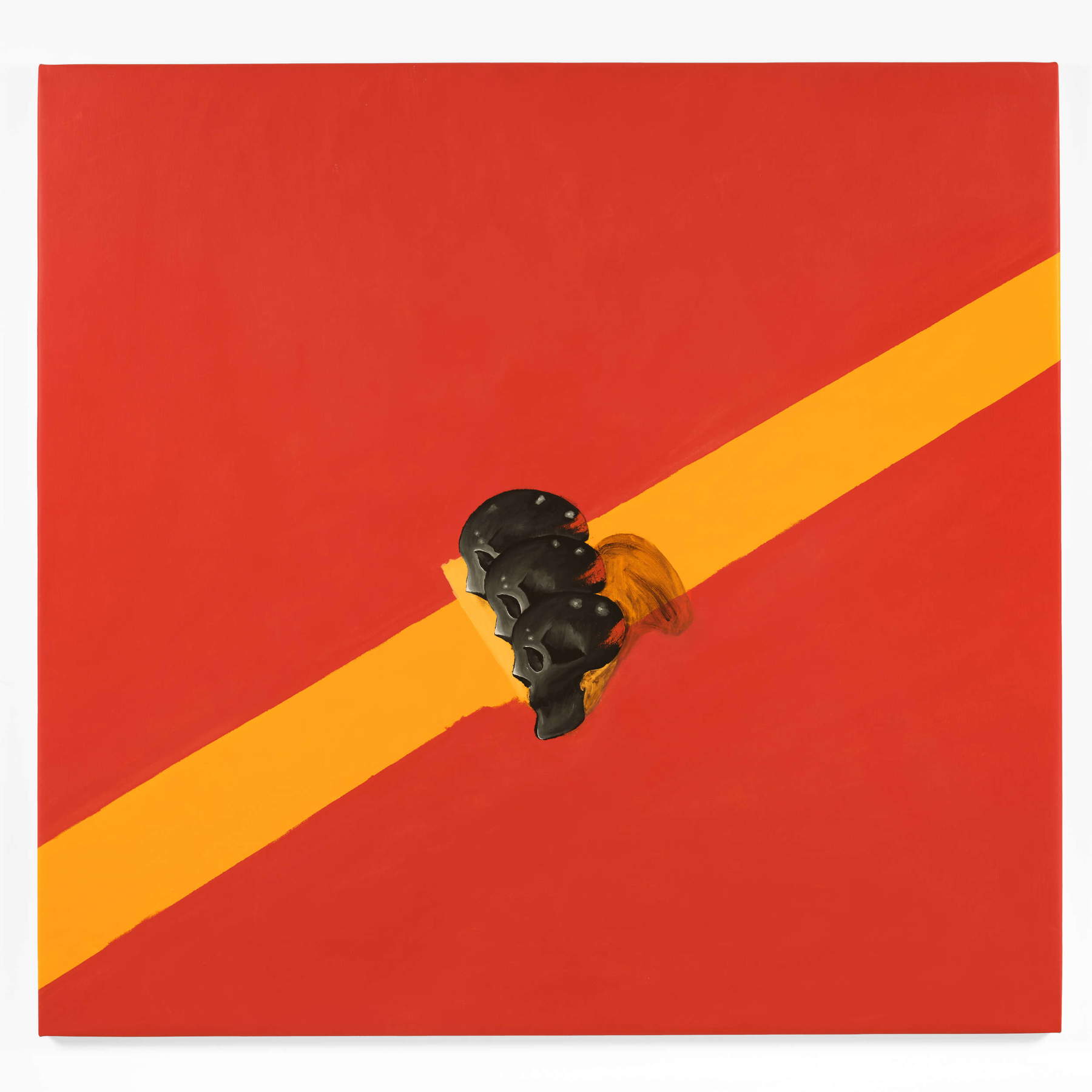
Let us agree: the pars destruens of Enzo Cucchi’s thinking on art today has long been on record and perhaps it is not even necessary to delve further into it. Yet, Cucchi still has a way of touching a new high point. “You see,” he tells me after about twenty minutes of talking (and the interview I had in mind had yet to begin), “this problem affects everyone. Even you. You run a fine art magazine, and you will certainly give me a good interview. But isn’t it more important to poison all art magazines? And you could start, to really poison them: for example, instead of doing the interview with me, I would like the interview to disappear, that there is no interview. There doesn’t have to be. Otherwise it becomes the same thing every time, me talking, me talking -- but who am I? What does it matter? All the art magazines do interviews with me, they make me dialogue, they make me talk about this and that, about my exhibition in New York... but it’s not important. It matters if we are able to interact on one topic and develop something else.”
So upstream the interview. I had been working on it for I don’t even remember how long, but whatever, maybe Cucchi is right: so it seems more fascinating to me to try to jump at the invitation. I probably won’t succeed, but I’ll give it a try, and try then a sketch of pars construens trying to set up, more or less clumsily, a discussion about what wonder is, sure that, from a chat with someone who has been practicing wonder all his life, something interesting for those who read us might come out. Bonito Oliva, in his transavantgarde manifesto, wrote that one of the foundations of his new art had to be “the artist’s surprise at a work that is constructed no longer according to the anticipated certainty of a project and an ideology, but is formed before his eyes and under the impulse of a hand that sinks into the matter of art, in an imaginary made of an embodiment between idea and sensibility.”
I try to say, perhaps somewhat implicitly, that for me (as, I think, for everyone) there are various forms of wonder. One of them is the wonder of the unexpected. One marvels when one goes to a place that one does not know, that perhaps one has underestimated, and in which one then finds something surprising, something powerful. Among the thousands of examples I could give him I cite, with a bit of malice, the Madonna of the Clouds in Urbania, partly because it is one of the last things I wrote an article about, and partly (or rather: mostly) because Enzo Cucchi is from the Marche region. The Ducal Palace in Urbania is nothing like the more famous one in Urbino. Although the last Duke of Urbino preferred Urbania (which with the dukes was still called Casteldurante) and died in the Ducal Palace of Urbania. Then there was the devolution to the Papal State, and the city that swallows everything also swallowed what was in the Ducal Palace of Urbania, starting with the duke’s library, one of the largest in Europe at the time, fifteen thousand volumes that almost all ended up in Rome to give a library to the Studium Urbis, that is, the University. The pope, in his infinite goodness, granted Urbania to keep five hundred of them (which, it must be said, are still there today). There is little left inside that palace. And it is surprising then to find a painting like the Madonna of the Clouds by Federico Barocci and workshop (which, moreover, ended up inside the palace almost by chance, because in the seventeenth century it was somewhere else), especially when you find it in front of you at the end of an exhibition itinerary, in the last room. And it surprises you because that painting so slight, so delicate, so moving has remained in that town so small, which has become so marginal, and which in its history has suffered all the possible traumas. And it got there unscathed.
To stay in the Marche region and to stay in a town of a few thousand inhabitants, Cucchi then tells me about Lorenzo Lotto’s Madonna del Rosario , which is in Cingoli. And he suggests to me that a form of wonder, for him, lurks among the details that give texture to a story, to a whole, perhaps because they dilute concentration, divert attention from a given condition, allow for shifts of meaning, allow for unprecedented openings. Wonder of the rest is also a form of contestation. Cucchi calls my memory back to the little angels standing at the bottom, at the feet of the Virgin, taking rose petals from a huge wicker basket and throwing them everywhere. “Those flowers,” he says, “completely change the sacred scene, they make all those portholes that are above lose sight.” He alludes to the scenes with the mysteries of the rosary. “Isn’t that an impressive work? Isn’t it a very modern work? The petals, I say. Those flower petals that erase everything. You only see the petals, you no longer see what is behind them. Or rather, you see it, but it is totally transformed by that gesture. It is a gesture that I find strikingly modern.” And he wonders how many can understand that gesture. Perhaps, he reasons, they pay little attention to it “our friends of art,” a periphrasis by which Cucchi means all those who in various capacities gravitate around our world, the insiders, the frequenters of this great “Togni Circus,” as he calls it. And maybe everyone who watches the circus from the stands pays more attention to it. Or who maybe just don’t give a damn about the circus.
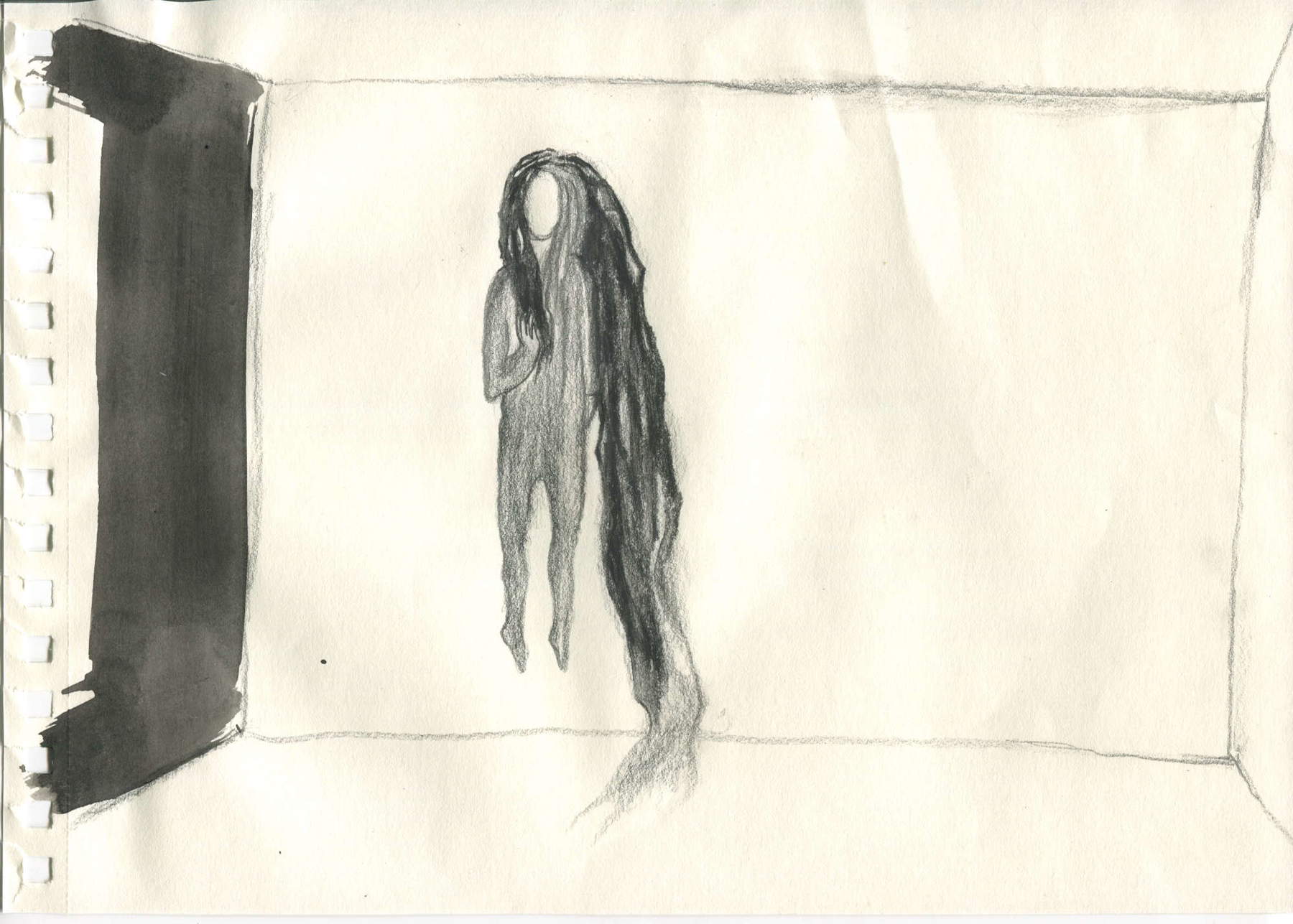



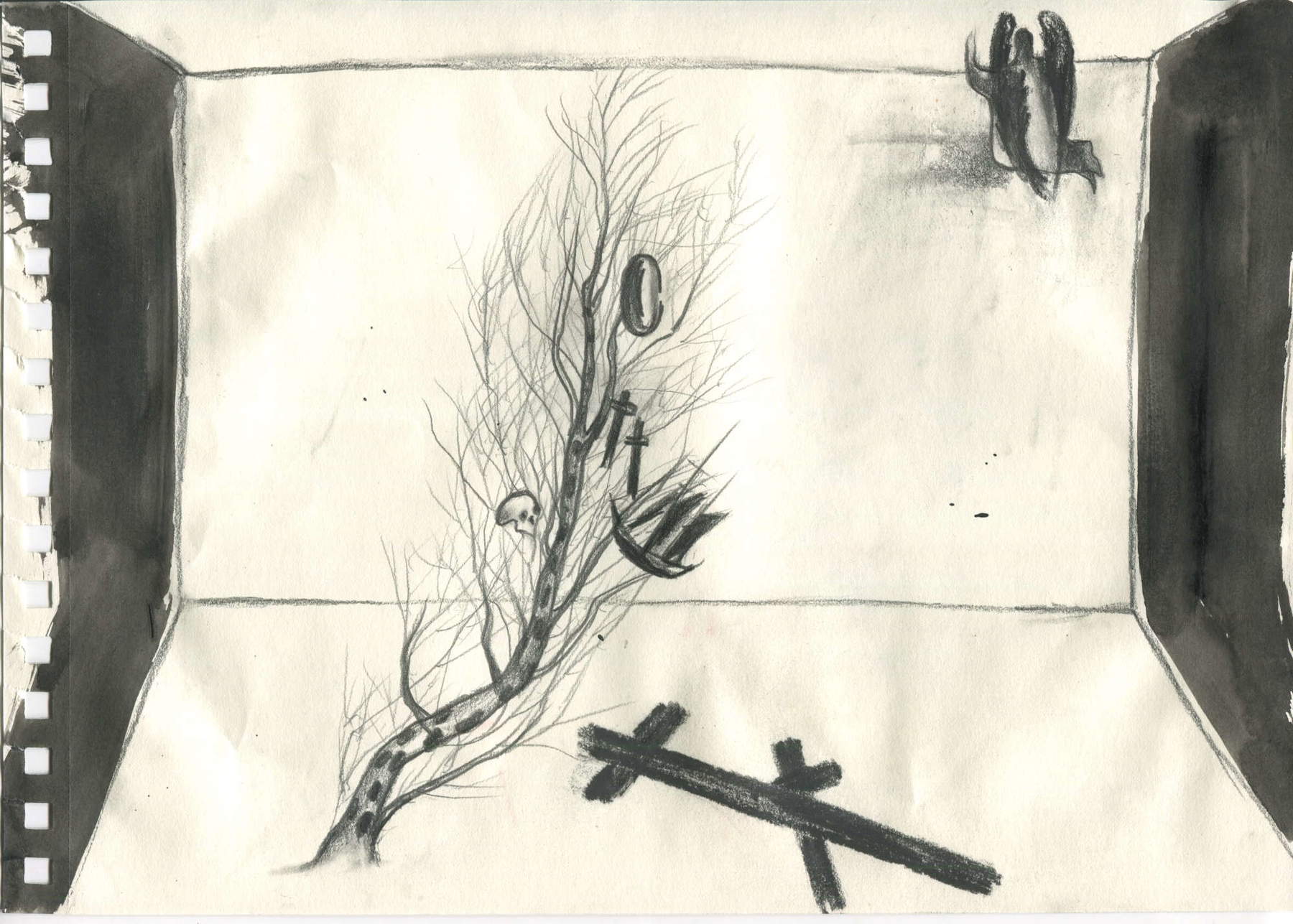
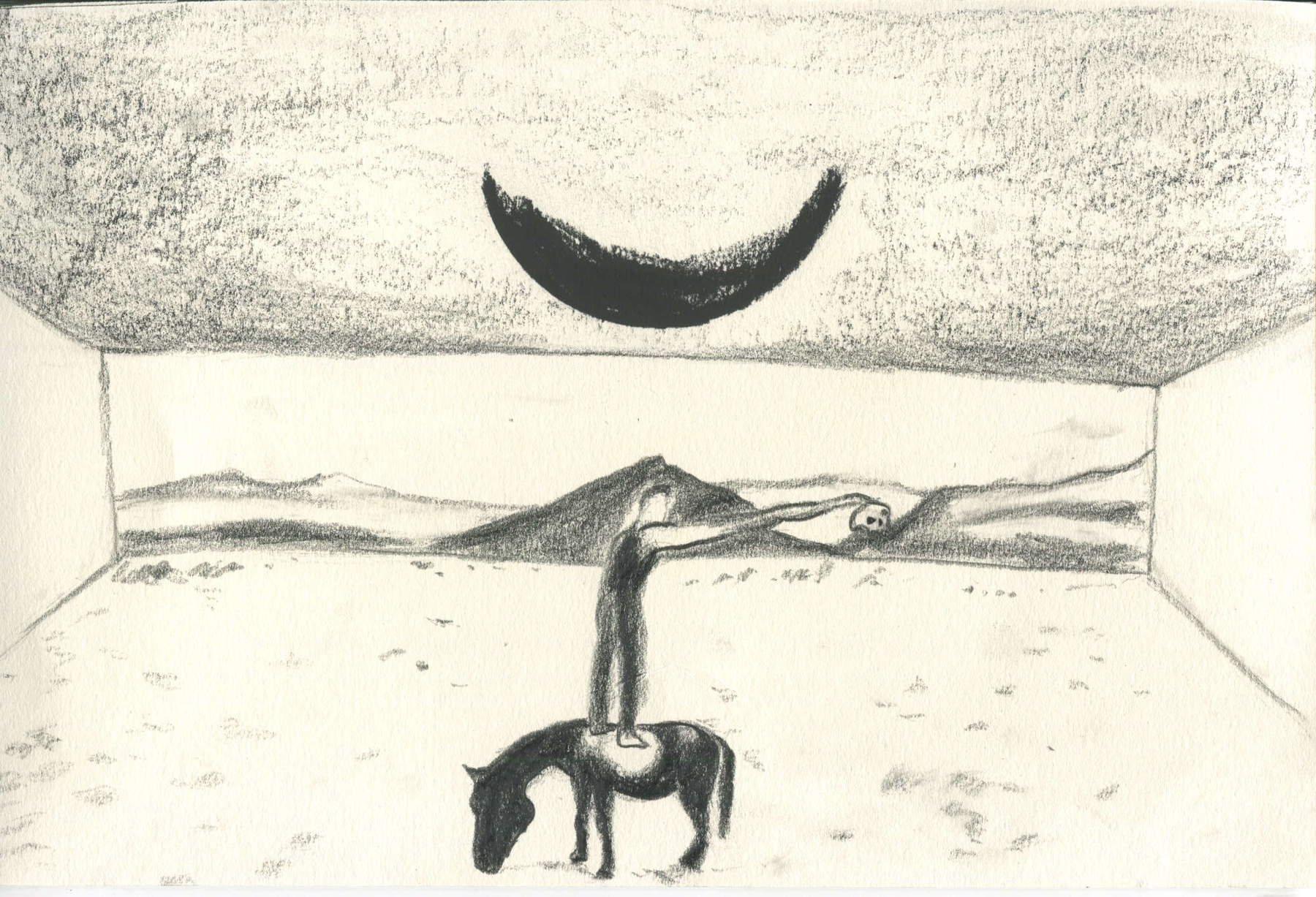
At this point, Cucchi cannot fail to mention Piero della Francesca, an artist he holds dear. "But who saved her Madonna del Parto? The peasant women! The little people! Whom I trust very much. Because I come from there, I come from a peasant family. Usually we are under the illusion that the populace doesn’t understand shit, but that’s not true, and I invite you to write it down. One thing that has always amazed me, and that has never bored me (what usually bores me is adult things), is when maybe simpler human creatures talk about certain things, for example, my father, who was in the third grade, or my mommy, who used to take things out of her mouth so that I could eat (I consider myself an over-achiever, which is also why I couldn’t give a shit about anything: it’s because I had the most, in every sense of the word). That’s it: it’s these people, these people who are so simple that when they mention something they welcome it as if they were children, because their hearts are on." Documents tell us that in the 18th century, when the Monterchi municipality decided to demolish the church where the Madonna del Parto was located, Piero della Francesca’s fresco was saved from destruction: a portion of the church remained standing, was turned into a small chapel, and Piero’s Madonna was moved to a niche above the high altar. The people of Valtiberina have attributed apotropaic value to Our Lady of Childbirth since ancient times. All the believing mothers in this strip of Tuscany have prayed before the Madonna del Parto, and it is to them that we owe the survival of this fresco. Even today, many women go to the small museum in Monterchi to ask this image for some protection, a peaceful birth, or even simply to feel accompanied. I mention to Cucchi the episode in the 1950s, when they asked from Florence for the Madonna del Parto to be loaned for an exhibition and the mayor of Monterchi refused, because the inhabitants had strongly objected: if something bad had happened to a pregnant woman in the village during the absence of the fresco, the mayor would not have gotten away with it. There is then, I think, another form of wonder, which is not that of the unexpected, it is not that of slippage, and it is not even that, let us put it, of sudden amazement, of grandiose spectacle. It is a more humble, but more tenacious wonder. It is a wonder that lurks in the folds of the everyday, that is made of tiny gestures, of shared senses, of endurance. A wonder that needs no novelty. Wonder is also recognizing as well as discovering. Borges, in one of the American Conversations, said that “the fact of marveling at life may be the essence of poetry.” I think of such wonder.
So many of Enzo Cucchi’s paintings sprout on this soil irrigated by the wonder of the everyday. The largest painting that is on display in New York, a canvas over two meters long, three skulls on a vermillion background crossed by an orange band, takes up the theme of vanitas that is dear to Cucchi and that has always been present in his art from the beginning. And some would be surprised to learn that these images of his arise from situations that he considers entirely ordinary. “It’s one of the few things that everyone knows. It’s the most normal thing in the world,” he says. “Neapolitan women have a skull in their house, they drop dust on it and then write the numbers on it that they go to play the lottery. It’s the thing we know best. It’s like asking Cézanne why he painted apples: I also adopt the things I know. I try to abbreviate as much as possible, not to go looking for strange things. I am already very much amazed by all those few things I know. Which are then those that each of us knows.” I ask Cucchi, out of the blue, if he is a believer. What relationship he has with the sacred. “If only I knew, it would already be a wonderful thing to know all these things. These things that are so particular. I find the rules of the sacred wonderful, but I rely on those who know the subject better than I do. For example, I did some work with Roberto Tagliaferri [theologian, nda], and we became much more than friends, but simply because I said to him, ”Look, you are good at interpreting the rules of the sacred, describing and so on, I, however, don’t want to deal with you.“ And he was even nicer because he told me, ”I don’t want to deal with you either.“ We actually talk all the time, though. And when he writes he proposes outstanding arguments, so precise, so intelligent, so specific. But I don’t know what he means. I mean he has of the sacred a great knowledge and he is good at communicating it. And I marvel at that. That to me is the sacred.”
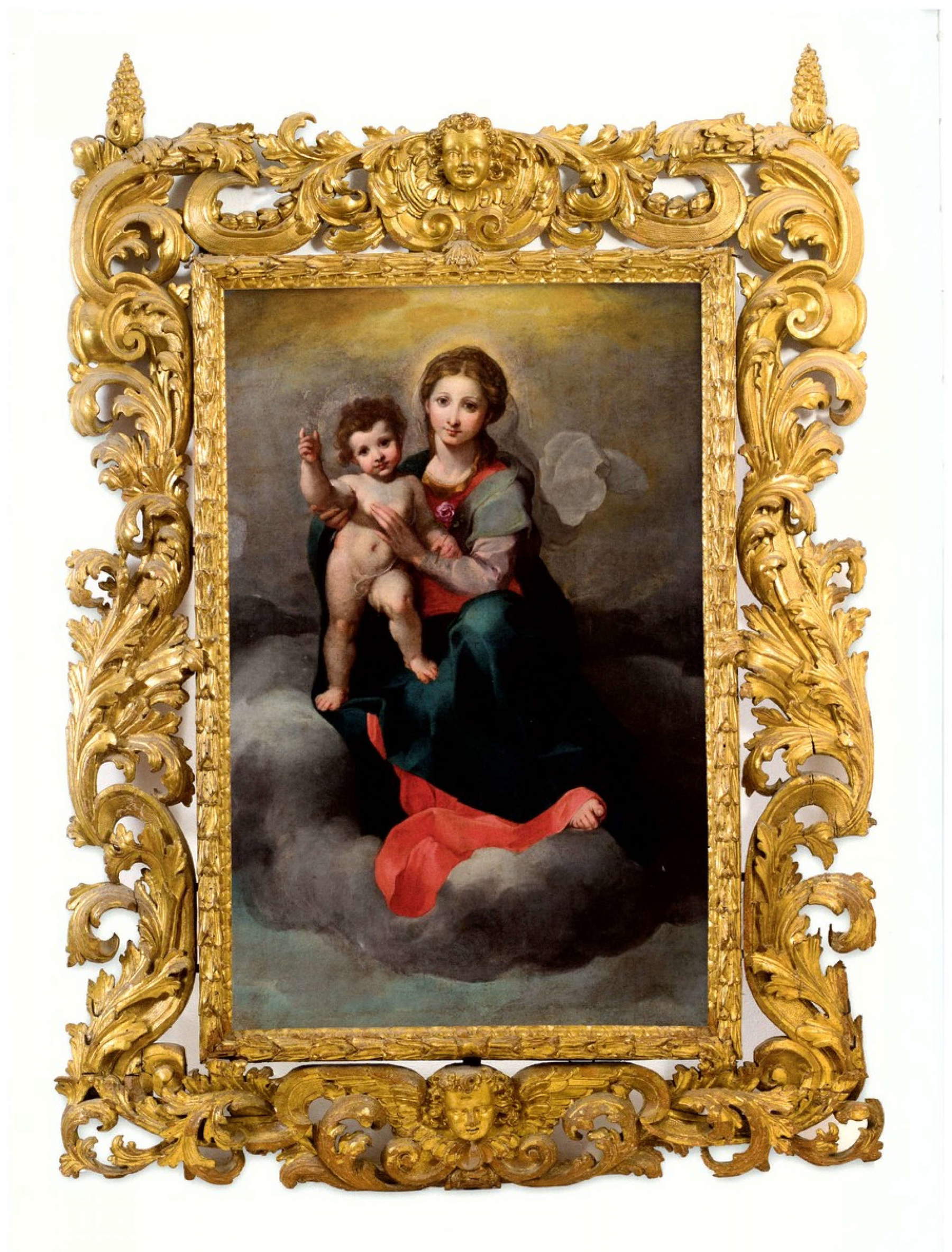
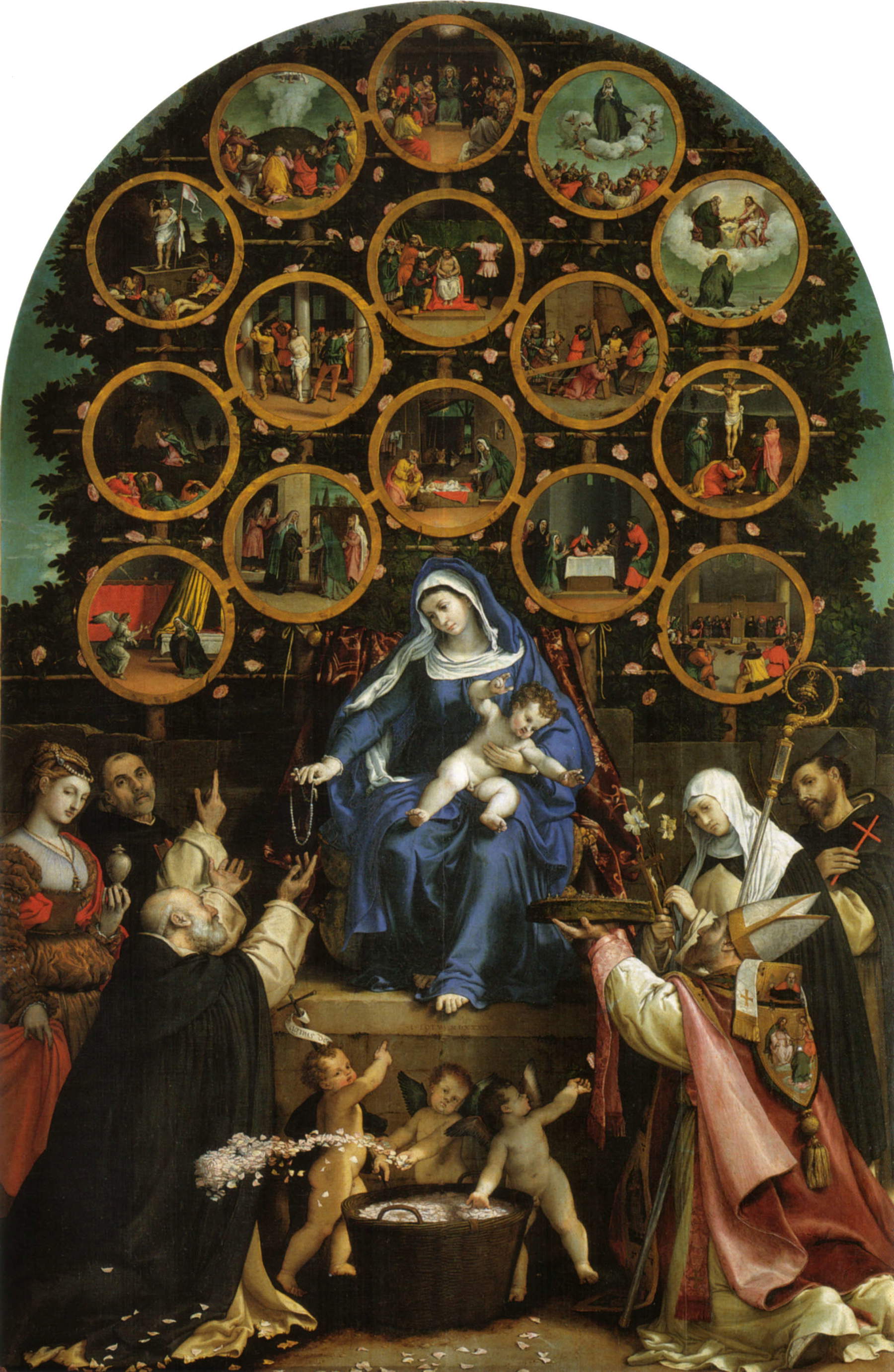

Wonder, we agree, is not a problem with education. Least of all with art, Cucchi adds (“With art,” he tells me, “you either light up, or you don’t.”). Because so many, he argues, “go in depth, go around, maybe even have great abilities, but remain dry, flat, it’s impressive, and humanly I’m sorry as well, and we have to tell them though, because if we don’t tell us we just make a big mess.” It seems to me, however, that for him the lack of ability to wonder is a problem of lack of habit, rather than lack of sensitivity. And at this point he likes to recall something Manganelli wrote in one of his articles, it was titled The Manic Machine. Manganelli premised that he was neither an architect nor an architectural historian, but simply someone who loved architecture, even if architecture did not love him, he said. “Houses,” he wrote in that article, “are not made for dreaming. One dreams there badly, with difficulty, as one walks in tight shoes. In all houses? I dare say in all of them. But what do they ever have, those homes, that makes them emotionally poor, fantastically null, toxic to dreams? In my opinion, it is the discovery of the corner. If I look back at all the houses in my life, I see in the first place an innumerable, incredible amount of corners. All the rooms are square or blandly rectangular. I don’t remember any exceptions: and if there were, at most it could have been a curve measured to the millimeter, the Platonic idea of the curve. In any case, I don’t remember curves. [...] A square room, a rectangular apartment, give the illusion of being knowable, interpretable: there is no place to hide, in this kind of room.” To dream, Manganelli needed ambiguous, deformed, labyrinthine places, where one gets lost, where one slips, where one discovers. Where one wonders, in essence. A few years ago a survey was done (YouGov for VELUX, for those who want to Google it) which showed that people, today, spend an average of 90 percent of their time indoors. Around corners, you might say.
Cucchi’s house, in fact, has fewer corners than one usually sees; I don’t know if this is mere coincidence. But I don’t want to investigate possible correlations of cause and effect. I am interested, however, in understanding from him how novelty is produced from wonder. Or rather: I am interested in knowing his experience, his position. I know I am getting out of the purpose of avoiding an interview, out of the purpose of interacting on a topic, because this is a classic interview question. But I think nonetheless the question has to do with the topic on which we interacted, and it seems to me that he can end our conversation in a decent way. And he responds with what seems to me to be a kind of call to action. “I don’t think that any of us,” he tells me, alluding to the other artists who shared the events of his moment in history with him, “thought or imagined that we were doing something new, it would have been total naiveté. We would tackle something that was missing and do it out of wonder. When there is something in the air, that something is there for everyone, and there are some people who, out of necessity, pick up on the fly, but they pick up unknowingly. None of us thought anything though. When you pick up something you do it out of necessity, because you want to do that thing, because you want to see that thing. So you do it.”
This contribution was originally published in No. 26 of our print magazine Finestre Sull’Arte on Paper, erroneously in abridged form. Click here to subscribe.
Warning: the translation into English of the original Italian article was created using automatic tools. We undertake to review all articles, but we do not guarantee the total absence of inaccuracies in the translation due to the program. You can find the original by clicking on the ITA button. If you find any mistake,please contact us.